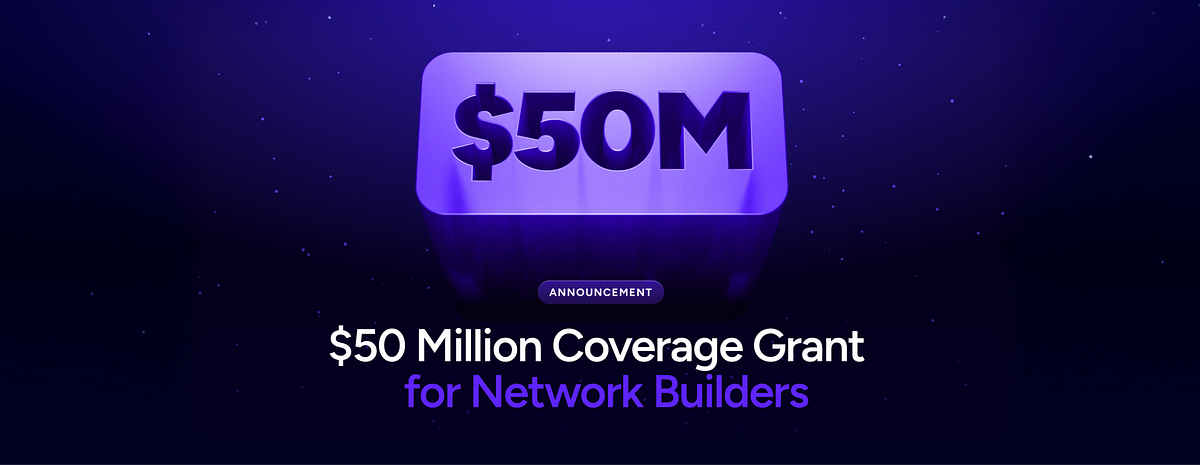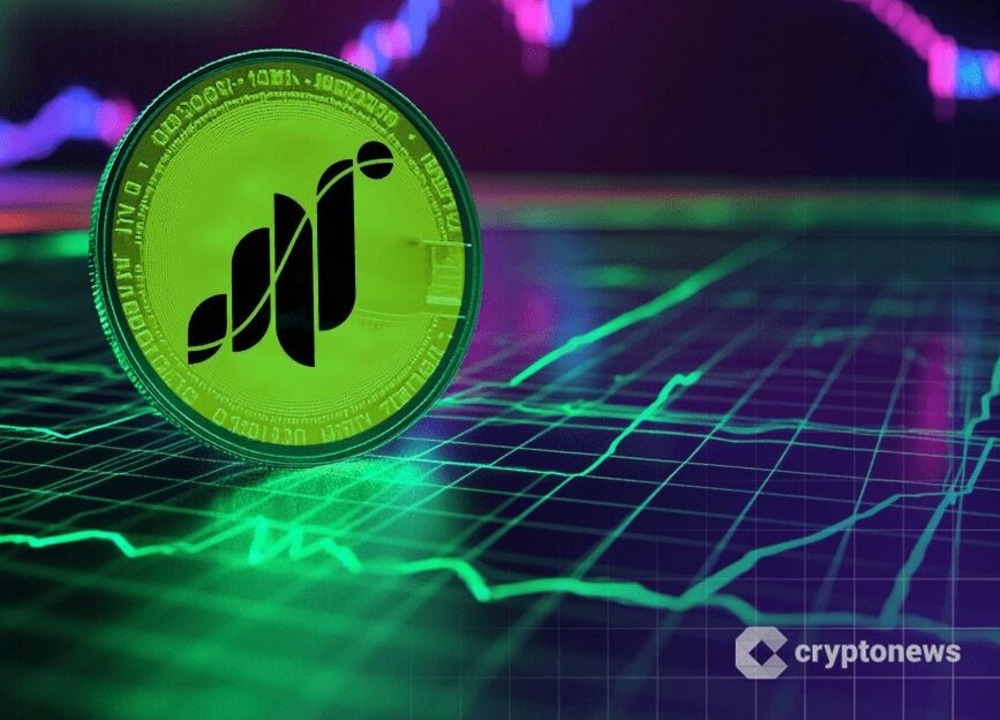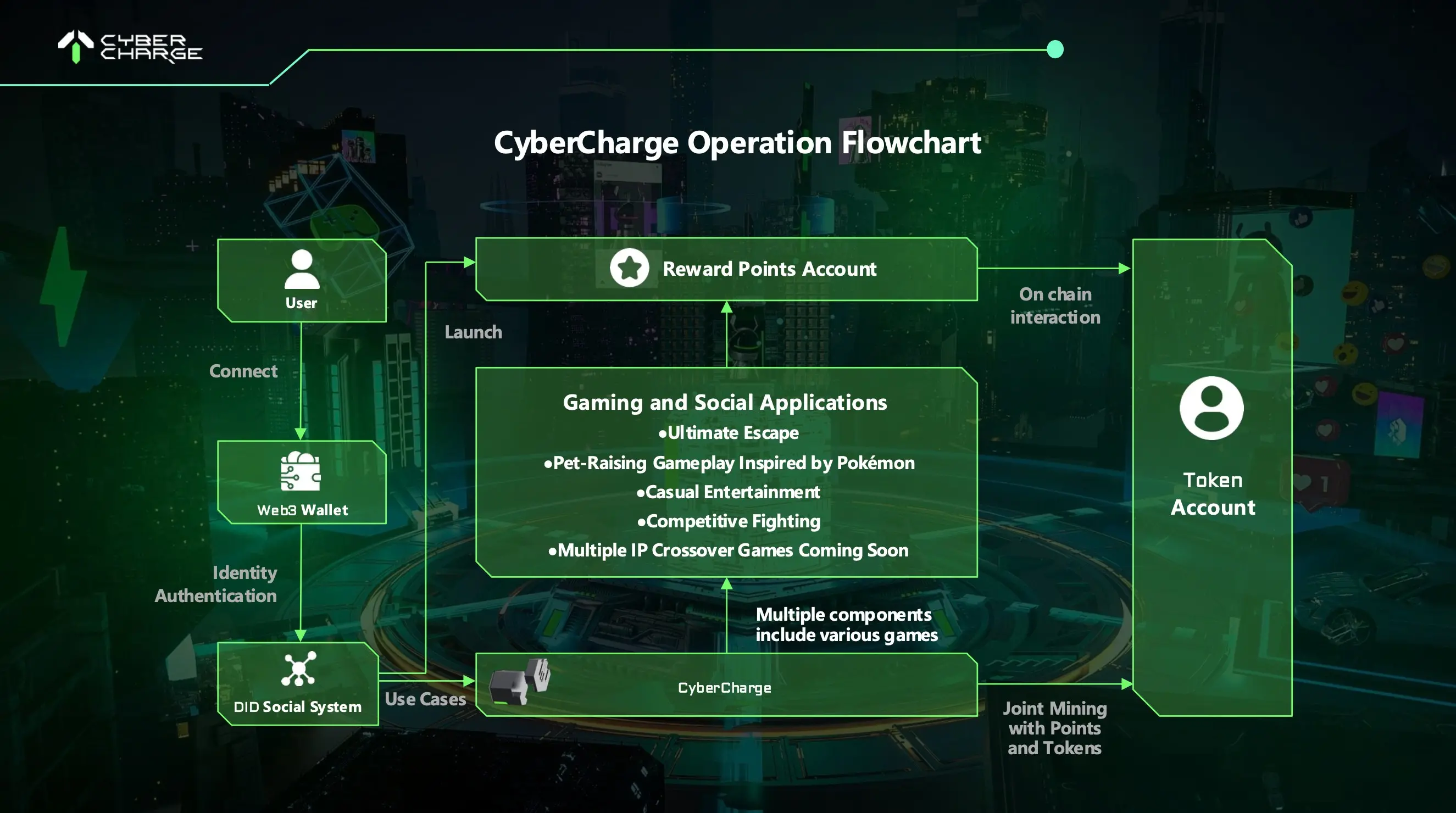CUDOS and ASI Alliance Complete Successful Token and Blockchain Merger

Today marks a significant milestone in the blockchain space as CUDOS and the Artificial Superintelligence (ASI) Alliance have successfully completed their token and blockchain merger. The CUDOS mainnet has officially halted at block height 12,385,627, meaning it will no longer produce blocks. In this process, all data from the final state of CUDOS was exported, and the Fetch.ai (ASI) chain underwent a software upgrade to incorporate all CUDOS data, facilitating the migration of balances. Notably, all CUDOS token holders and delegators have successfully transitioned, along with 30 validators, bringing the total validator count on Fetch.ai’s mainnet to 91.
With the merger finalized, CUDOS holders can now view their new $FET tokens on the Fetch.ai (ASI) mainnet through platforms like Mintscan. To verify the correct amount in their vesting schedule, users can check an active CUDOS explorer, where their $FET balance should reflect the amount divided by 118.344. For further assistance or inquiries, stakeholders are encouraged to reach out through the official channels of CUDOS or ASI, including their respective Discord servers, especially for questions related to the merger and balance conversions.
The collaboration between CUDOS and the ASI Alliance has been ongoing, and this merger paves the way for numerous exciting updates that are set to be announced soon. Both teams are committed to keeping the community informed, so stakeholders should stay tuned for upcoming developments as they continue to enhance their offerings in the blockchain ecosystem.
Related News





